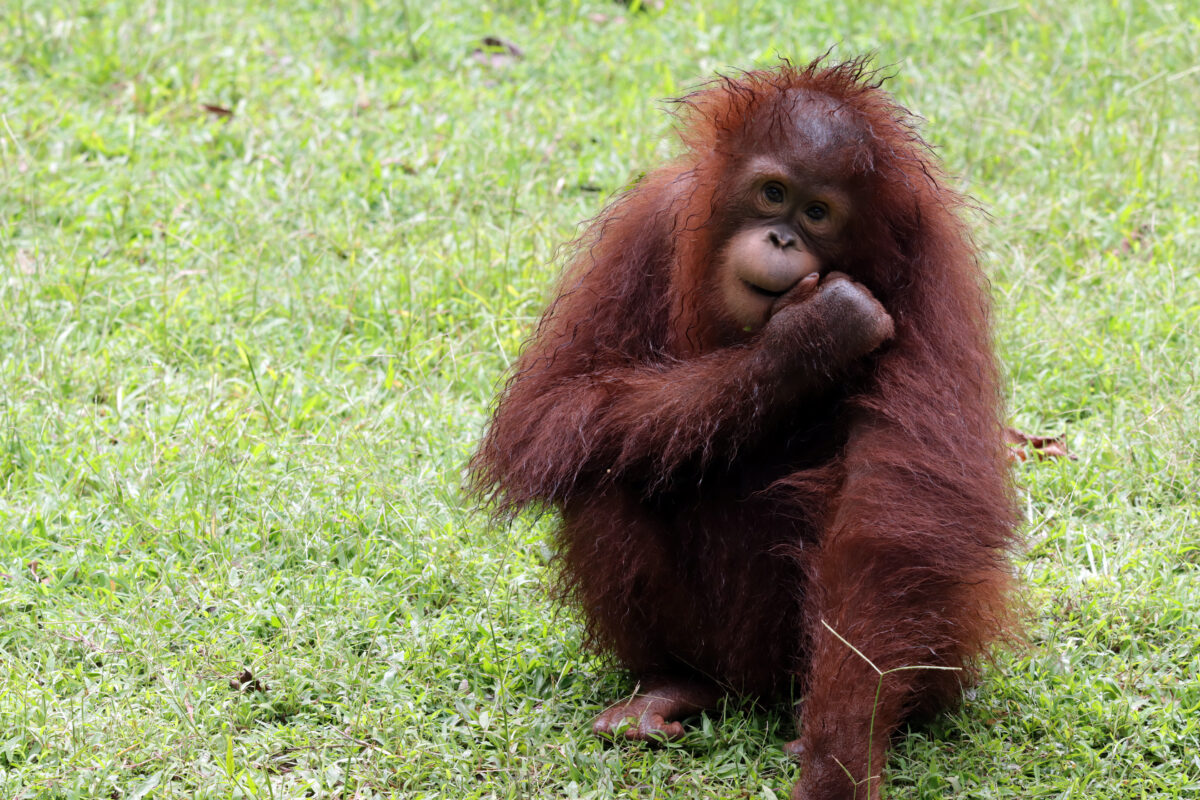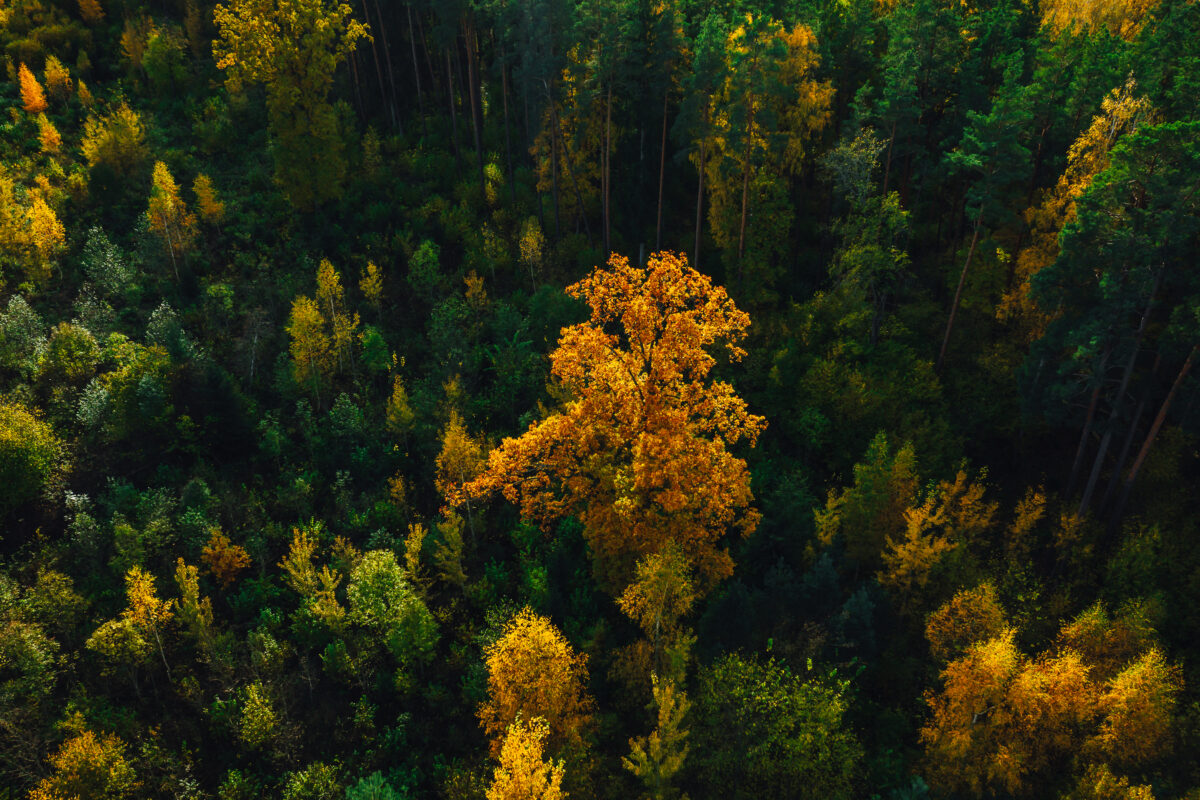A total of 16 precious Japan-born crested ibises, offspring of birds sent from China, arrived in China last week following an event that unfolded on Sado island, Niigata Prefecture, Japan. The event marked not just a rare species exchange between China and Japan, but also a significant milestone in the longstanding ecological conservation collaboration between the two countries, according to reports in the Chinese daily Global Times and the Japanese news agency Kyodo.
Representatives from China visited Japan on October 29 to conduct the handover ceremony for the crested ibises. Following this, the birds, symbols of friendship, embarked on their journey to Beijing on Thursday, marking the first such return after an eight-year hiatus.
According to a memorandum signed by both countries, Japan is obliged to return half of the offspring bred from crested ibises introduced from China. The latest transfer is not only a fulfilment of that agreement, but also a testament to the deep cooperation between the two countries in biodiversity conservation, according to the newspaper’s report.
The crested ibis (scientific name Nipponia nippon), with its snow white feathers, red head, long black beak, and slender legs, has been adored by the Chinese for its appearance, and is known as jixiangzhiniao, or “bird of good fortune” and cherished by the peoples of northeast Asia. It is also known as the Asian or Japanese crested ibis, or toki.
By the late 1970s, the crested ibis was practically extinct in its former range of the Russian Far East, Japan, and China. In 1981, Chinese scientists discovered seven crested ibises in the wild in northwest China’s Shaanxi province, initiating a challenging conservation effort, according to the Global Times report.
In 2003, the last native crested ibis in Japan died. However, since 1998, China has gifted several crested ibises to Japan, including the well-known pair You You and Yang Yang. With technical support from Chinese experts, Japan’s crested ibis conservation efforts have gradually gained momentum, leading to a steady increase in the country’s population of the birds.
Subsequently, China and Japan embarked on a cooperative exchange in the field of crested ibis conservation, with the Chinese National Forestry and Grassland Administration partnering with the Japanese on projects aimed at protecting the endangered species and promoting the conservation of crested ibis populations and their habitats. As of December, the total number of crested ibises in Japan stood at 693, with many successfully reintroduced into the wild. In 2019, Japan’s environment ministry downgraded the status of the species on the country’s red list from “extinct in the wild” to “critically endangered”. The bird is currently listed as “endangered” in the Red List of Threatened Species of the International Union for Conservation of Nature, with its population trend “increasing”. It was most recently assessed for the IUCN Red List in August 2018.
According to the ministry, the 16 crested ibises returned to China were born between 2016 and 2022 at the Sado Japanese Crested Ibis Conservation Center, and consist of nine females and seven males. Before transportation, the birds were quarantined and checked for avian influenza, among other diseases. They were received by Beijing Zoo, which began breeding the birds in 1981. The last transfer occurred in 2016, with none taking place thereafter, partly due to the COVID-19 pandemic.
SOURCE: PR Newswire



